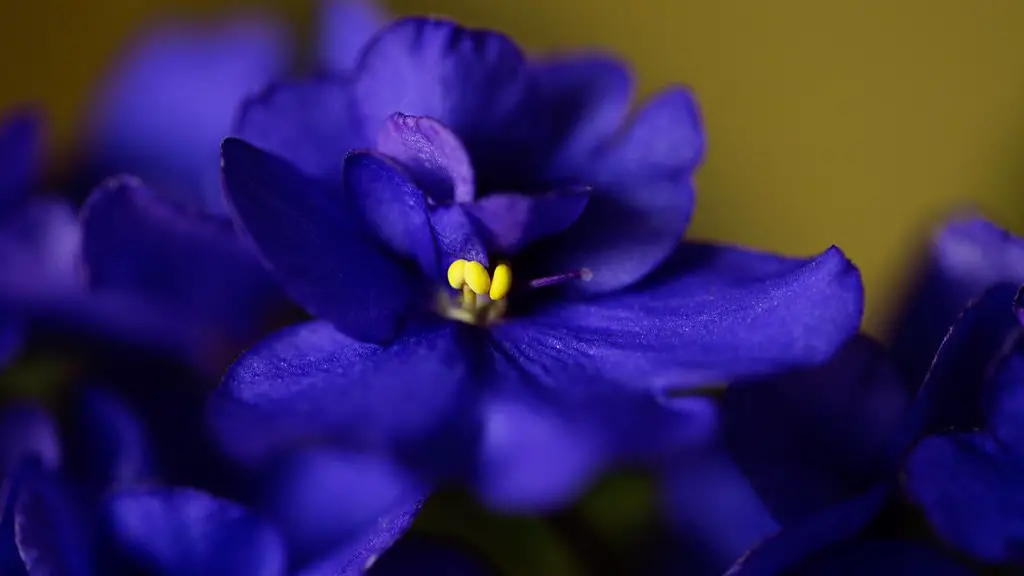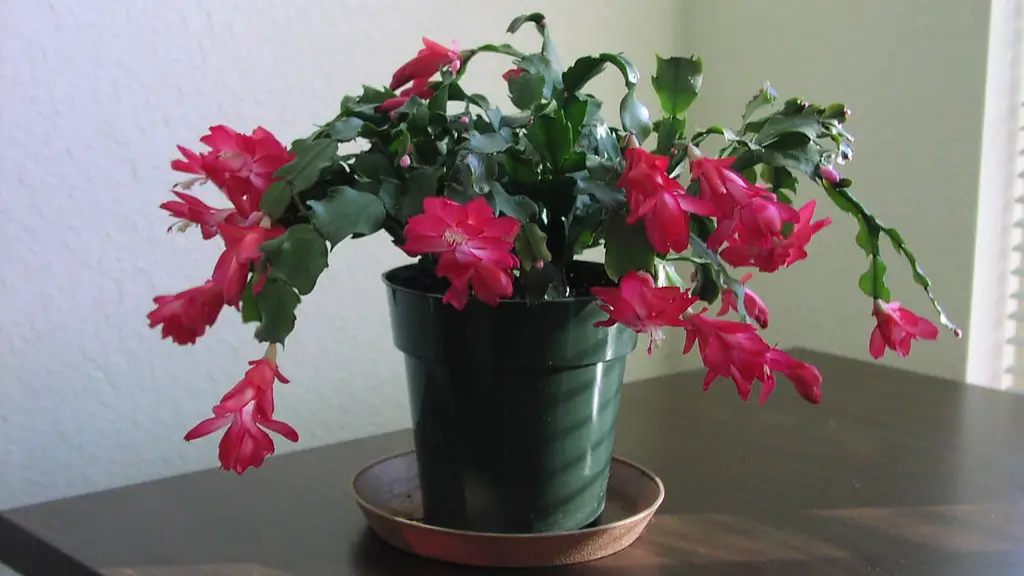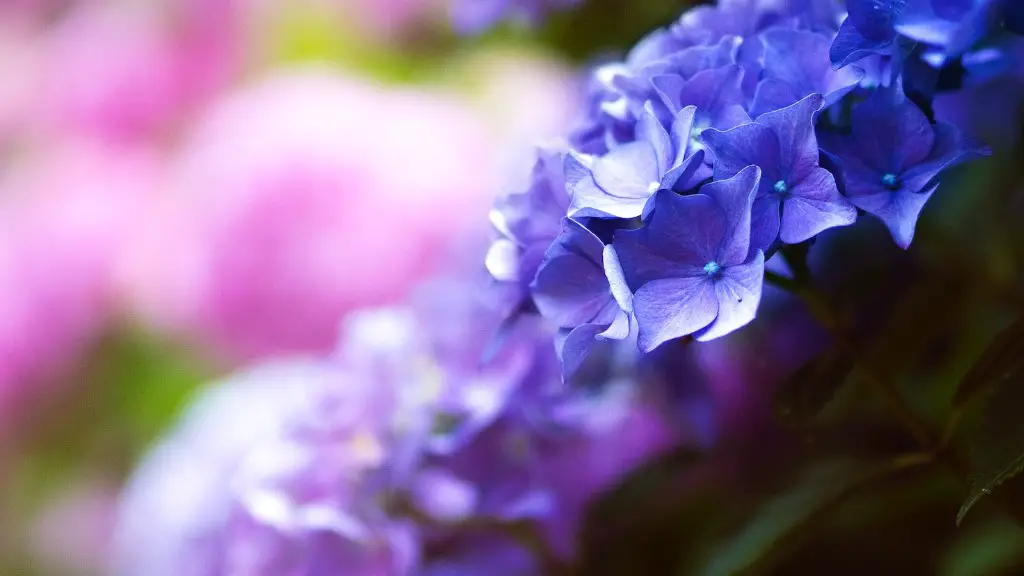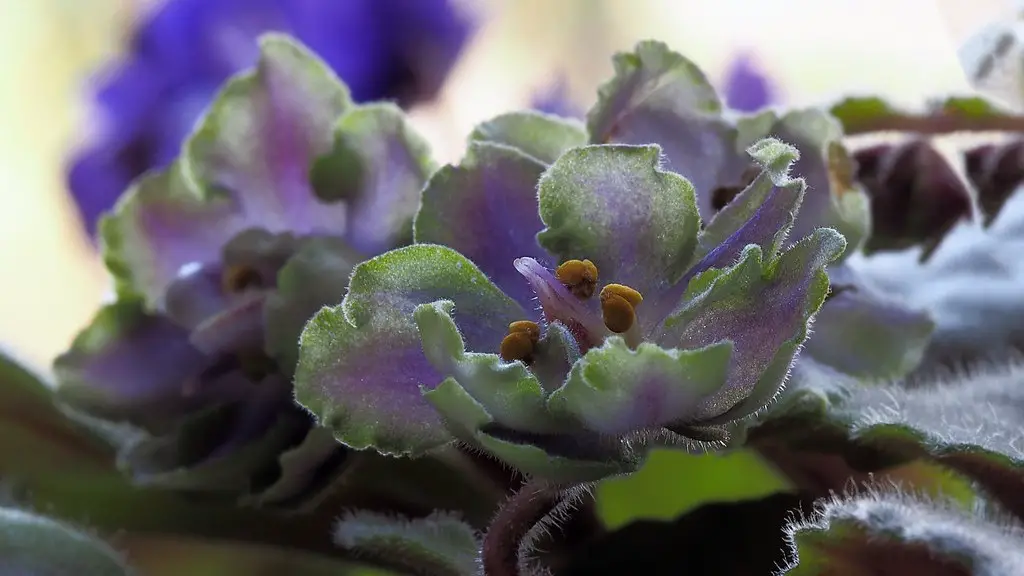There are several potential causes of powdery mildew on African violets, including too much humidity, insufficient air circulation, and overcrowding of plants. Powdery mildew can also be caused by using too much nitrogen-rich fertilizer, as this encourages lush growth that is more susceptible to disease. In addition, powdery mildew can be spread by contaminated potting soil or tools, so it’s important to sterilize your equipment before using it on healthy plants.
The most common cause of powdery mildew on African violets is the overuse of water. This can cause the leaves to stay too wet, which creates a perfect environment for the powdery mildew fungus to grow.
How do you get rid of powdery mildew on African violets?
There are two ways to control African violets fungus. The first way is to spray with 1 teaspoon of laundry bleach in a litre of water. This will kill the fungus spores. The second way is to spray with 1 teaspoon of bicarbonate soda in 1 litre of warm water. This changes the pH of the leaf surface which kills the fungus.
Powdery mildew is a fungal disease that is common on indoor plants, such as African violets, begonias, and poinsettias. Outbreaks of powdery mildew on houseplants typically occur in winter or early spring. The white material on the foliage of your African violets is probably powdery mildew.
Powdery mildew is caused by a group of fungi called Erysiphaceae. These fungi thrive in cool, damp conditions and can spread quickly from plant to plant. The first signs of powdery mildew are small, white spots on the leaves. These spots eventually spread and cover the entire leaf surface with a white, powdery growth.
Powdery mildew can weaken plants and reduce their vigor. In severe cases, the fungi can cause the leaves to yellow and drop off. If your African violets are affected by powdery mildew, you can remove the affected leaves and dispose of them. You can also try treating the plants with a fungicide.
What is the best way to get rid of powdery mildew
Baking soda has been proved by many gardeners to be effective in treating powdery mildew. Mix 1 teaspoon baking soda in 1 quart of water. Spray plants thoroughly, as the solution will only kill fungus that it comes into contact with. Milk spray is another effective home remedy.
Powdery mildew is a type of fungal infection that can affect plants. The good news is that these infections are typically mild and plants can often recover on their own, with proper care. Treatment is often unnecessary.
What kills powdery mildew naturally?
Baking soda is a great way to get rid of pests like aphids, mealybugs, and scale. Simply mix 1 tablespoon baking soda and 1/2 teaspoon liquid soap in 1 gallon of water and spray liberally on any affected areas.
When powdery mildew is spotted in the yard, it is important to take quick action to limit the infection. This means removing and destroying all infected plants. However, the plant material should not be composted, as this can easily spread the spores.
Is powdery mildew serious?
This disease is often of cosmetic concern, since it usually results in disfigured and unsightly plants. Symptoms of infection are easily recognized by the white, powdery growth of fungus on the plant host. Fungicides are available to manage this disease, but fungicide resistance is common. Cultural practices such as avoid overhead watering, planting resistant varieties, and removing infected plant parts can help to minimize the impact of this disease.
Powdery mildew is a fungal infection that can affect all cucurbits, including muskmelons, squash, cucumbers, gourds, watermelons, and pumpkins. The main cause of this infection is the fungus Podosphaera xanthii, which thrives in humid conditions with temperatures around 68-81° F. Infections typically start out as small, white spots on the leaves of the plant, which eventually spread and cover the entire leaf in a powdery white substance. These infections can weaken the plant and reduce the quality and quantity of the fruit produced. To prevent or reduce powdery mildew infections, it is important to maintain good air circulation around the plants and to avoid overhead watering.
What does Epsom salt do for African violets
Epsom salts are a great way to provide essential magnesium and sulfur to your plants. Two key minerals needed for beautiful blooms and healthy foliage. Just mix 1 1/2 teaspoons of Epsom salts in a quart of tepid water and swirl to dissolve. Then water your plants (below the leaves) with this solution once a month.
Soap sprays are an effective way to prevent fungal infestations, as the soap acts as a desiccant. Just mix one teaspoon to one tablespoon of liquid dishwashing soap per liter of water, and spray onto the affected area.
Does overwatering cause powdery mildew?
Powdery mildew is a type of fungus that thrives in moist, humid conditions. Overwatering your plants can create the perfect environment for powdery mildew to grow and spread. To prevent powdery mildew, water your plants early in the day so the leaves have time to dry before nightfall. during humid conditions, try to water the leaves rather than the soil to avoid promoting growth of this fungus.
Dawn soap can be used as a fungicide to control powdery mildew and botrytis mold. Mix 1 tablespoon of Dawn soap with 1 gallon of water and spray on affected plants.
How do you stop powdery mildew from spreading
Powdery mildew is a type of fungal infection that can spread quickly between plants, particularly if they are overcrowded. To prevent the spread of powdery mildew, it is important to follow spacing recommendations for each type of plant, and to prune plants as needed to increase airflow and reduce touching between them. Additionally, powdery mildew grows most readily in the shade, so it is important to provide susceptible plants with plenty of sunlight.
Powdery mildew is a type of fungal disease that affects plants. Unlike some other diseases, powdery mildew spores do not live in the soil, but rather are transferred from plant to plant by the wind. This can make powdery mildew difficult to control, as it can spread quickly from plant to plant. There are several ways to manage powdery mildew, including the use of fungicidal sprays and powders.
How do you save a plant with powdery mildew?
Powdery mildew is a type of fungal infection that can affect a wide variety of plant species. Plants that are notably susceptible include lilacs, flowering crab apple trees, tall garden phlox, bee balm, roses, squash, cucumbers, and zinnias. Powdery mildew can be treated early on with fungicides including potassium bicarbonate, neem oil, sulfur, or copper.
Mouthwash can control powdery mildew because the alcohol kills the fungus.
Conclusion
The main cause of powdery mildew on African violets is the fungus Oidium neolycopersici. This fungus is often found in moist, shady areas where the temperature is warm. It can also be spread by contaminated potting mix, tools, or clothing.
Powdery mildew on african violets is caused by a fungus that attacks the leaves and stems of the plant. The fungus Sporotrichum violaceum is the most common cause of powdery mildew on african violets. The fungus produces spores that are spread by wind and rain. The spores germinate on the leaves and stems of the plant and produce a white powdery growth. The fungus also produces toxins that can damage the leaves and stems of the plant.





